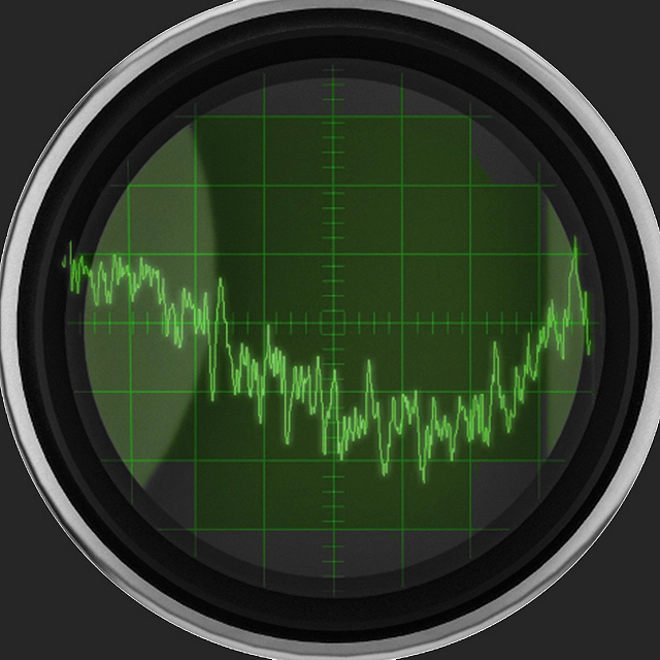One size doesn’t fit all: Four postures toward resilience
How leaders are activating resilience within their business
In a vacuum, the goal of resilience is clear: Rapidly and successfully cycle through three phases—Respond, Recover, and Thrive—for any disruption.i Yet, how to accomplish that goal can vary considerably depending on the nature of the disruption. In conversations with executives, we learned that context is critical in resilience, and a one-size-fits-all approach may not be effective.
To help executives more dynamically integrate resilience into their business, we analyzed our conversations with 20 global executives, uncovering four primary postures businesses take depending on the context of disruptions. And while each of these postures have a place in the resilience system, we explore the opportunities and challenges of activating each one—along with the potential risks of limiting resilience to solely being a short-term, crisis response tool.
Mapping resilience: An interplay between the scope and position
It’s clear through our interviews that businesses interpret and activate resilience in a variety of ways. And while there are nuances across each business, two overarching dimensions regularly underly each resilience posture:
Responding to context: The four resilience postures
- Operational Defense focuses on more immediate and isolated disruptions. The goal is to help the at-risk portion of the business to quickly address the concern to “survive another day” (35% of executives described this as their business’ primary posture).
- Organizational Defense makes resilience an enterprise-wide, coordinated strategy to help ensure the business can quickly recover from a variety of disruptions (25% of executives described this as their business’ primary posture).
- Operational Offense takes a more proactive approach to resilience but limits the focus to a subset of the business—usually the area most at risk of disruption. These businesses go beyond simply trying to survive a disruption, but instead view the disruption as an opportunity for entering new markets, growing the business, and/or increasing performance (10% of executives described this as their business’ primary posture).
- Organizational Offense turns resilience into the enterprise-wide strategic priority that proactively transforms the business in anticipation of disruption. These businesses, over a longer-term horizon, turn disruptions into opportunity (30% of executives described this as their business’ primary posture).
Putting the business on the path to resilience
As each business faces its own unique set of disruptions in the pursuit of its long-term goals, it’s worth considering these two points:
- Know the risks of staying put. Resilience comes at a high cost. It takes leadership commitment, discipline, and the talent to execute. However, while the initial costs may be high, taking a narrow view to resilience may put the business at risk of not appropriately meeting the next disruption on the horizon.
- Resilience doesn’t need to transform every business. While there are benefits to building the infrastructure for Organizational Offense, every crisis doesn’t need to be met with a transformational lens. Sometimes it’s okay to respond with a quick recovery. However, it should be done with a clear sense of what barriers are holding the business back from achieving transformational resilience.





